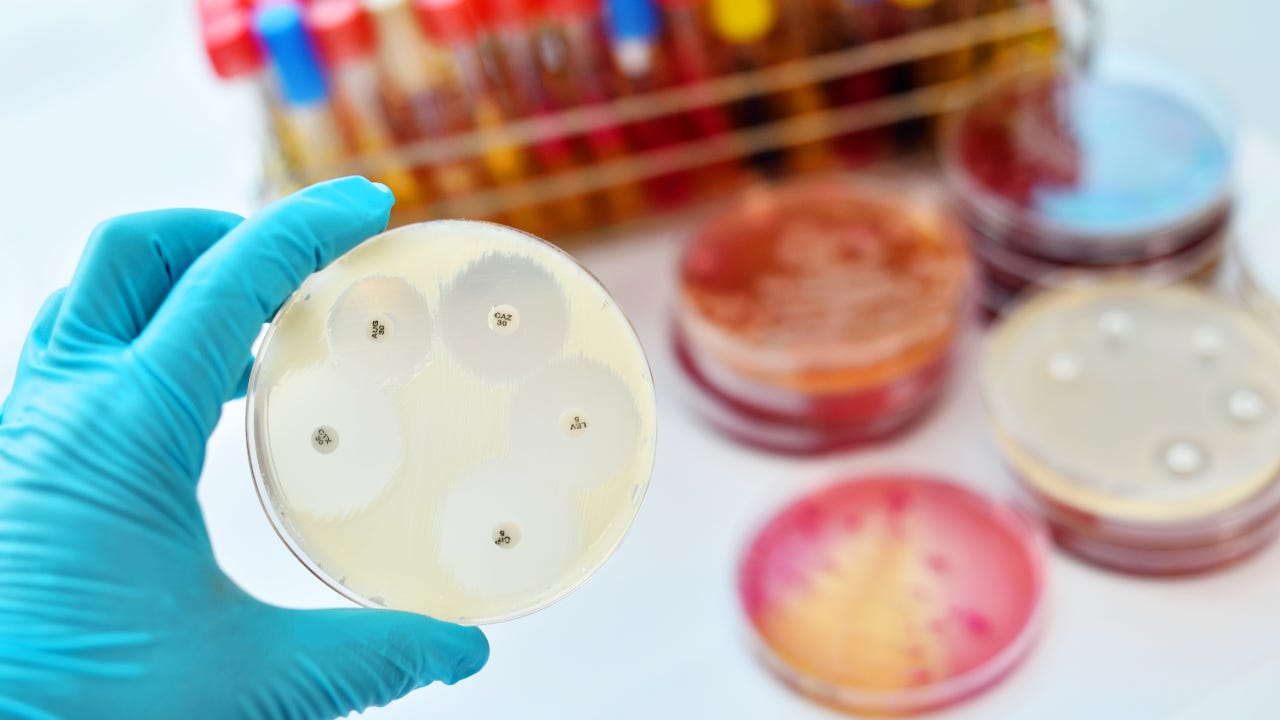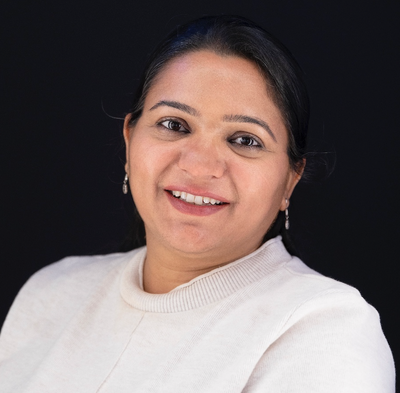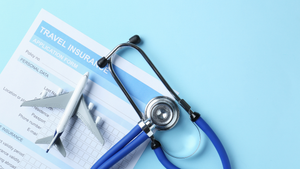Rising AMR threat demands action
As drug-resistant infections rise globally, experts say the window for decisive action is rapidly closing.

Antimicrobial resistance (AMR) has long been described as a silent pandemic. More than 1.27 million people globally died directly due to bacterial drug resistance in 2019, and nearly five million deaths were associated with it. The latest global modelling from the World Health Organization (WHO) warns that without urgent action, AMR could claim up to 10 million lives every year by 2050, far exceeding annual deaths from cancer.
This week, as World AMR Awareness Week gathers momentum under the theme “Act Now: Protect Our Present, Secure Our Future,” the WHO is urging governments to convert political pledges into concrete, life-saving interventions.
“Drug-resistant pathogens are increasing everywhere, and the less access people have to prevention, diagnosis and appropriate treatment, the more likely they are to suffer. We must act now to safeguard these life-saving medicines for ourselves and for future generations,” said Dr Yvan Hutin, Director of Antimicrobial Resistance at the WHO.
A crisis undermining modern medicine
The antibiotics that once transformed modern medicine are losing power. As the WHO warns, AMR puts routine procedures, from caesarean sections to cancer chemotherapy, at risk. Infections that were once easily treatable now require more toxic, costlier and prolonged treatments.
Clinicians in ICUs across the globe are already feeling the strain.
“AMR is increasing every year. In ICUs, surgeries and cancer care, we are seeing more infections that are difficult to treat. Patients often need stronger antibiotics that are costly, cause more side effects and keep them in hospital longer,” says Dr Kavita Diddi, Specialist Microbiologist at Premier Diagnostic Centre and Chair of the Antimicrobial Stewardship Committee at Prime Healthcare Group.
The real fear, she notes, is the rise of “near-untreatable” infections, including those emerging in community settings, combined with a dangerously thin antibiotic development pipeline.
Slowing innovation, rising threats
The misuse and overuse of antimicrobials in humans, animals and agriculture remain the leading drivers of AMR. But systemic gaps are accelerating the threat.
According to Dr Diddi, slow or unavailable diagnostics fuel overprescribing: “Doctors often reach for broad-spectrum antibiotics ‘just in case’ because test results take too long. Poor infection-control practices help resistant germs spread, and antibiotic use in farming adds to the problem by pushing resistant bacteria into the environment and then into people.”
Meanwhile, only a handful of new antibiotics have been developed in recent decades, with many large pharmaceutical companies stepping back from antibiotic R&D entirely.
Countries such as Sweden are now experimenting with incentives to reverse this stagnation. Stockholm is pushing for EU Transferable Exclusivity Vouchers (TEVs) to reward companies that bring truly novel antibiotics to market, a bold attempt to accelerate innovation.
The numbers behind the emergency
The scale of the crisis varies by region, but the trend is universal as resistance is rising faster than our ability to contain it.
In Europe, AMR already causes more than 35,000 deaths annually in the EU/EEA. Sweden reports 300–500 deaths a year despite having some of Europe’s strongest stewardship standards. The country’s new strategy aims not to eradicate AMR but to “contain today’s levels” to prevent future collapse of health systems.
Globally, the World Bank estimates AMR could impose US$1 trillion in additional healthcare costs by 2050, and US$1–3.4 trillion in lost GDP every year by 2030.
The Lancet projects up to 8.22 million deaths annually by 2050 if bacteria continue to outpace antibiotics.
AMR in the UAE
For the UAE, research from the Institute for Health Metrics and Evaluation (IHME) shows:
• Over 200 AMR-related deaths occur annually
• In 2021, 236 deaths were directly attributable to drug-resistant infections
• 970 deaths were associated with AMR (i.e., infections that could have been prevented)
Projections suggest that without accelerated national action, AMR-associated deaths in the UAE could rise to 3,120 by 2030, sharply higher than the global target of reducing AMR deaths by 10% from 2019 levels.
The UAE currently ranks as having the 85th lowest age-standardised AMR mortality rate across 204 countries – a positive standing, but not enough to offset future risk.
The promise of diagnostics and genomic surveillance
Rapid diagnostics and genomic surveillance are widely acknowledged as the future of AMR control. They allow clinicians to match the right drug to the right organism in hours rather than days.
But mainstream adoption remains limited.
“Fast diagnostic tools can transform AMR management by helping doctors choose the right antibiotic sooner and avoid unnecessary ones. But many hospitals cannot use them because they are costly, not covered by insurance or lack trained staff and proper equipment,” says Dr Diddi.
As a result, broad-spectrum antibiotics continue to be used excessively, fuelling resistance across the region.
Stewardship and policy reform
Effective antimicrobial stewardship (AMS) is one of the strongest tools available. The UAE has made progress, with several hospital groups, including Prime Healthcare Group, achieving accreditation through GAMSAS (Global Antimicrobial Stewardship Accreditation Scheme), supported by the British Society of Antimicrobial Chemotherapy.
Dr Diddi notes: “Combining antimicrobial stewardship with diagnostic stewardship is essential. Local guidelines, prescription audits and monitoring resistance trends require multidisciplinary teams – microbiologists, infectious disease specialists, pharmacists and nurses working together.”
Yet critical gaps remain across the UAE and wider GCC. These include a shortage of clinical microbiologists and stewardship pharmacists, inconsistencies in AMS implementation, limited enforcement on antibiotic sales, and insufficient financial and operational support for hospitals to adopt evidence-based diagnostics. Public awareness also remains low, fuelling demand for unnecessary antibiotics.
A collective responsibility
The WHO is clear that AMR is not simply a medical issue. It is a whole-of-society problem.
Agricultural practices, wastewater management, urbanisation, pharmaceutical regulation and healthcare delivery are all intertwined with the spread of resistant pathogens.
And the consequences go beyond health. AMR threatens food security, trade stability and economic resilience.
Global health leaders emphasise that AMR is reversible, but only if the world acts decisively and together.
As Dr Diddi warns: “We are losing options faster than we are gaining them. The bacteria are evolving faster than our medicines. Unless we strengthen stewardship, regulate access, invest in diagnostics and support innovation, the future will be far more dangerous than the present.”
World AMR Awareness Week is a reminder that antibiotics are a finite resource. Protecting them is not just a clinical necessity, it is a generational responsibility.


